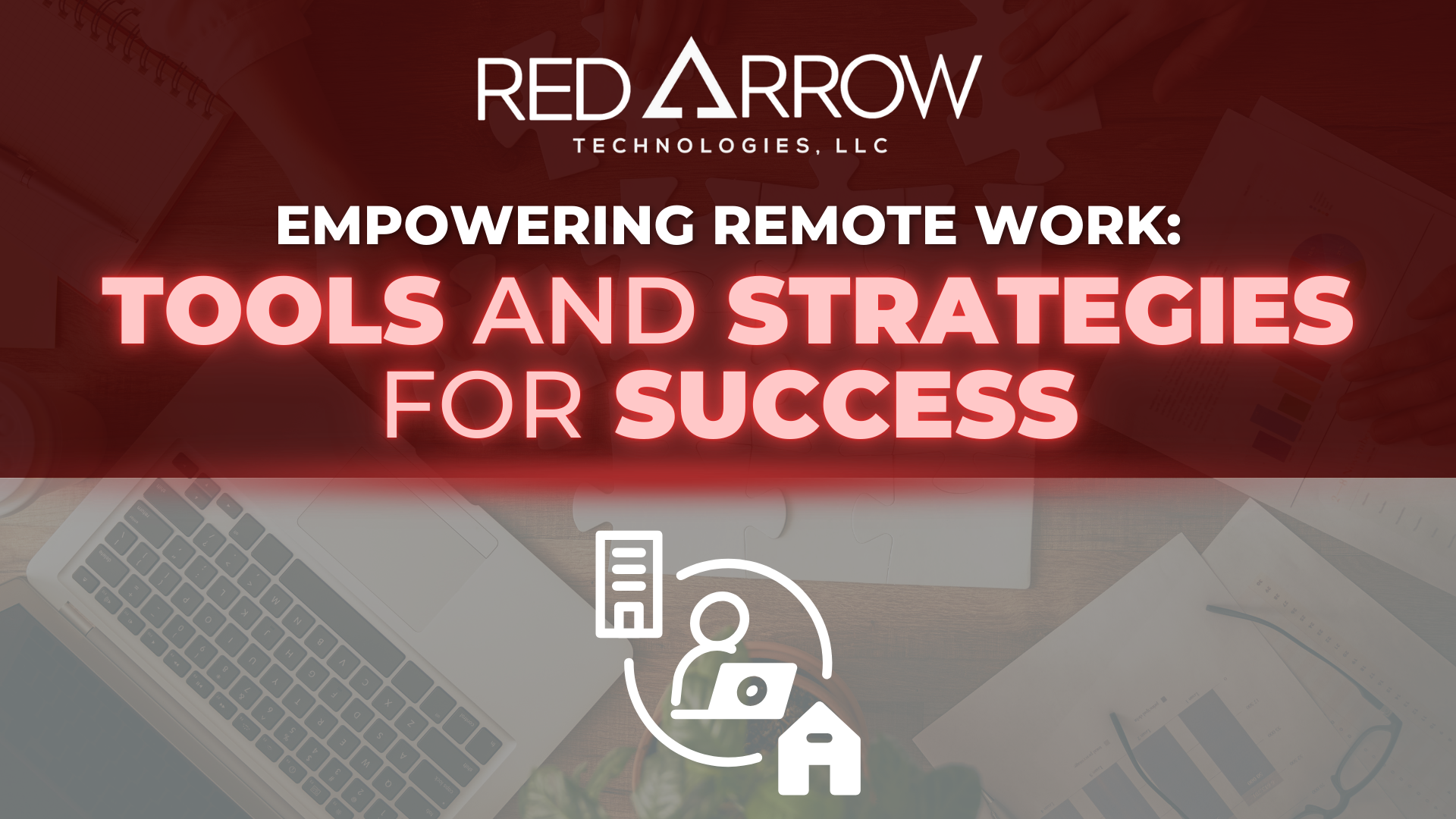A decade ago, remote work was a luxury; today, it’s an operational necessity. Over 28% of the American workforce is reported to be working from home full-time. It is no longer a question of whether remote work is feasible but how to make it sustainable and efficient.
The key? Exemplary remote work tools and strategies to enhance productivity in remote work settings where the team does not see each other in person.
The Backbone of Remote Work: Essential Tools for Success
A distributed team’s effectiveness depends on correctly identifying the best tools for managing remote teams. Technology is the key to effective communication, collaboration, and workflow management. Here are the necessary categories of remote work solutions:
1. Communication and Collaboration Platforms
Due to the lack of physical contact, virtual collaboration tools must mimic the office environment. Some of the best-suited solutions are:
- Slack and Microsoft Teams – Instant messaging, file sharing, and integrations to streamline communication.
- Zoom and Google Meet – Reliable video conferencing between members for virtual meetings and check-ins.
- Asana and Trello – Visual project management tools that align remote teams on tasks and deadlines.
2. Cloud-Based Productivity Suites
Cloud platforms allow employees to access and edit documents in real time from anywhere. Essential tools include:
- Google Workspace and Microsoft 365 – Document collaboration, email, and storage solutions for seamless workflow.
- Dropbox and OneDrive – Secure cloud storage for easy file sharing and remote access.
3. Cybersecurity and Secure Access
Remote work introduces cybersecurity risks, making robust protection crucial. Companies must prioritize:
- VPNs and Zero Trust Security Models – Secure remote connections and solutions like NordVPN and Zscaler.
- Multi-Factor Authentication (MFA) – Tools like Duo Security to prevent unauthorized access.
- Endpoint Protection – Platforms like CrowdStrike protect devices against cyber threats.
Strategies to Enhance Productivity in Remote Work Settings
Providing proper remote work tools is only half the equation, and organizations must apply strategies to enhance the performance and engagement of their remote teams.
1. Set Clear Expectations and Outcomes
Clear lines are what remote work is about. Instead of micromanaging, organizations should set clear goals and deliverables using the best tools for managing remote teams, such as Asana or Monday.com. Deadlines and performance metrics keep teams aligned and accountable.
2. Foster a Culture of Virtual Engagement
A major challenge in remote workforce management is maintaining a sense of community. Businesses can boost engagement through the following:
- Virtual coffee chats and casual check-ins – Informal video calls to replace water with more extraordinary conversations.
- Recognition and Rewards – Employee recognition platforms like Bonusly keep morale high.
- Remote team-building activities strengthen bonds through online trivia, gaming sessions, or virtual escape rooms.
3. Encourage Work-Life Balance
Remote work has one major downside: burnout. Flair HR reported that about 40% of remote workers have the problem of switching off from work and have a higher burnout rate than office employees. Companies must instill the following:
- Flexible work hours – Giving the employees independence in scheduling their days for peak productivity.
- Wellness initiatives – Mental health resources and break-time constancies.
- Clear boundaries – Requiring employees to log off after hours to avoid overworking.
Overcoming Remote Work Challenges with the Right Solutions
Even with the correct remote work solutions, issues such as time zone differences, communication gaps, and collaboration inefficiencies may still exist. Overcoming these challenges requires:
1. Time Zone Optimization
For global teams, asynchronous work is key. Tools like Clockwise and World Time Buddy help schedule meetings effectively across time zones.
2. Centralized Knowledge Management
With teams scattered, storing and retrieving company knowledge becomes crucial. Notion, Confluence, and SharePoint ensure that critical information is easily accessible.
3. Automating Repetitive Tasks
Zapier and UiPath are well-known automation software that take care of admin workloads and allows remote employees to spend more time on things that require strategy rather than repetitive manual work.
Future-Proofing Remote Work with Red Arrow Technologies
Remote work isn’t a trend; it’s the new normal. Organizations that invest in the right remote workforce management strategies or virtual collaboration tools will survive and thrive in this evolving landscape.
Red Arrow Technologies provides remote work solutions to assist businesses in running their operations more efficiently and effectively with maximum security and employee engagement. Whether your needs are advanced communication platforms, AI-enabled productivity tools, or badass cybersecurity solutions, we have the expertise to enable your remote workforce.
Are you ready to level up your remote workforce management? Contact Red Arrow Technologies today and let us show you how we can help you create a strong, performance-oriented remote team for the future.



